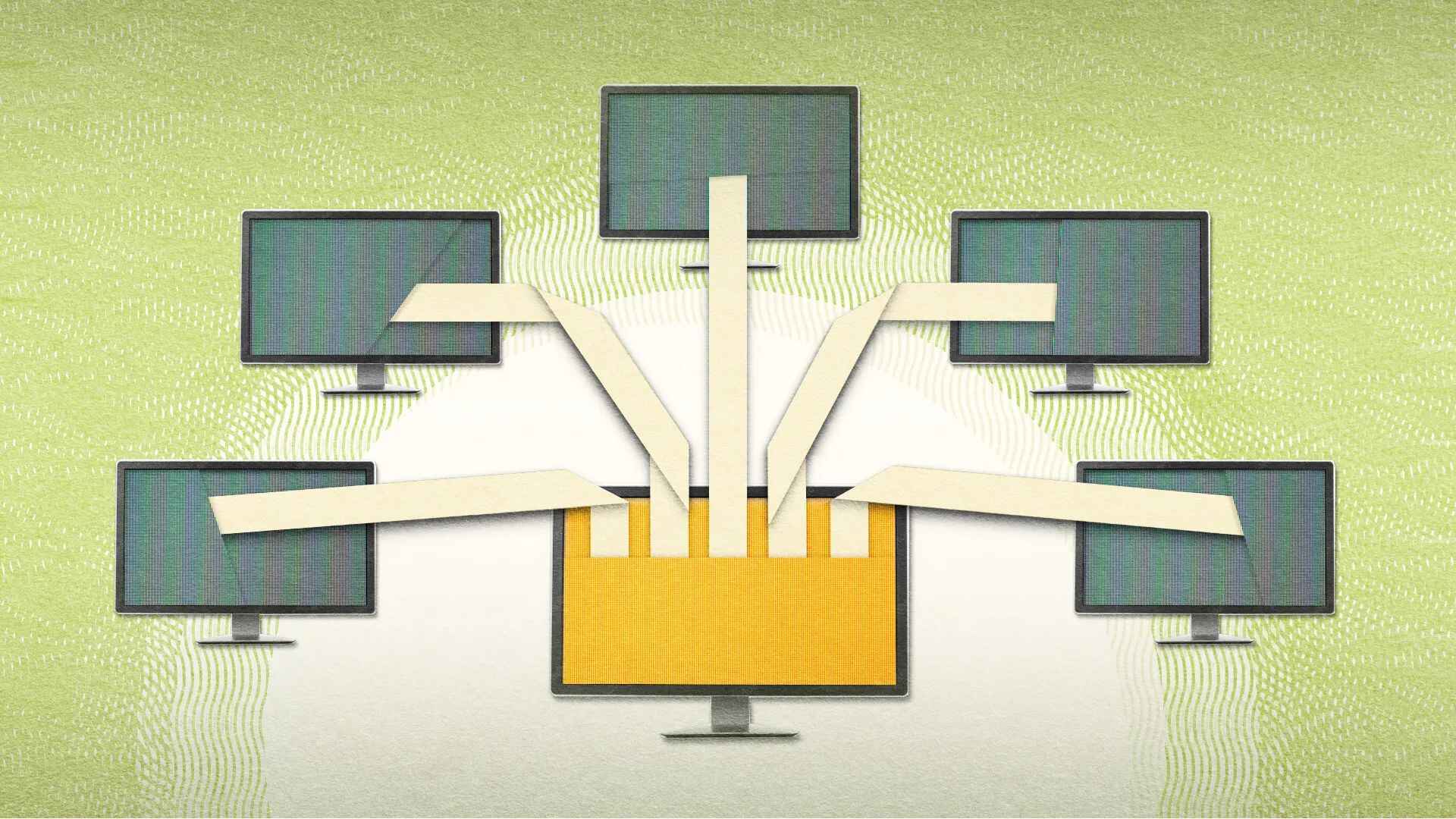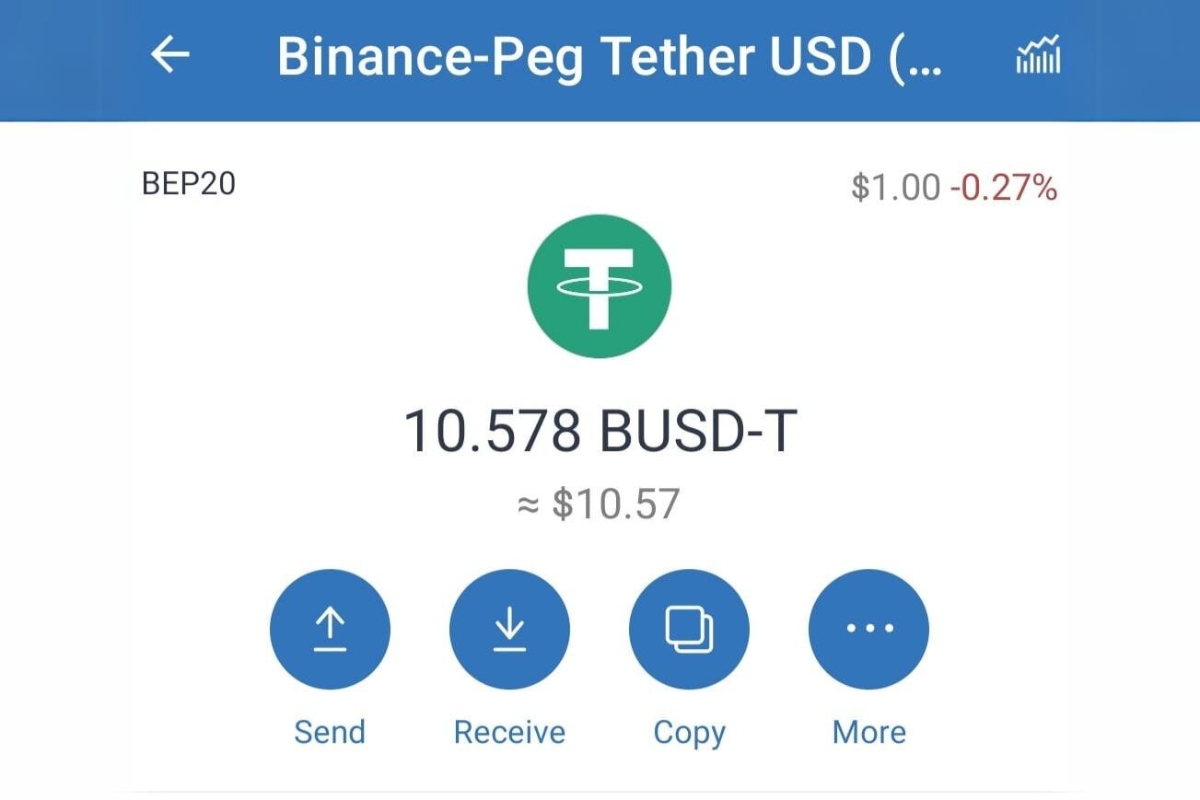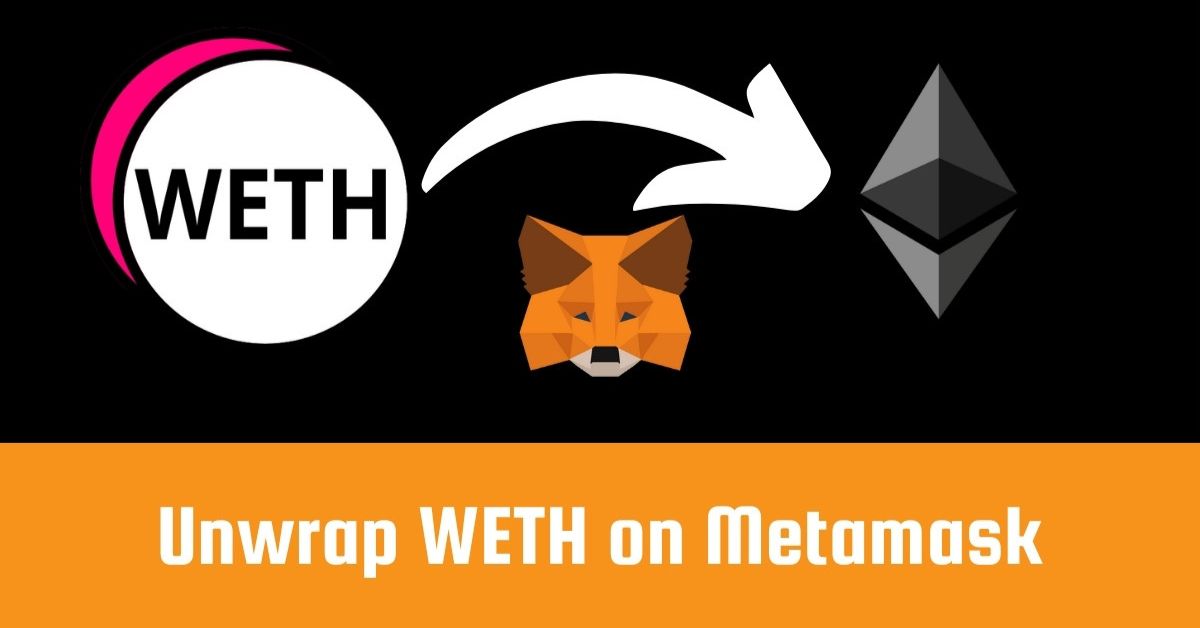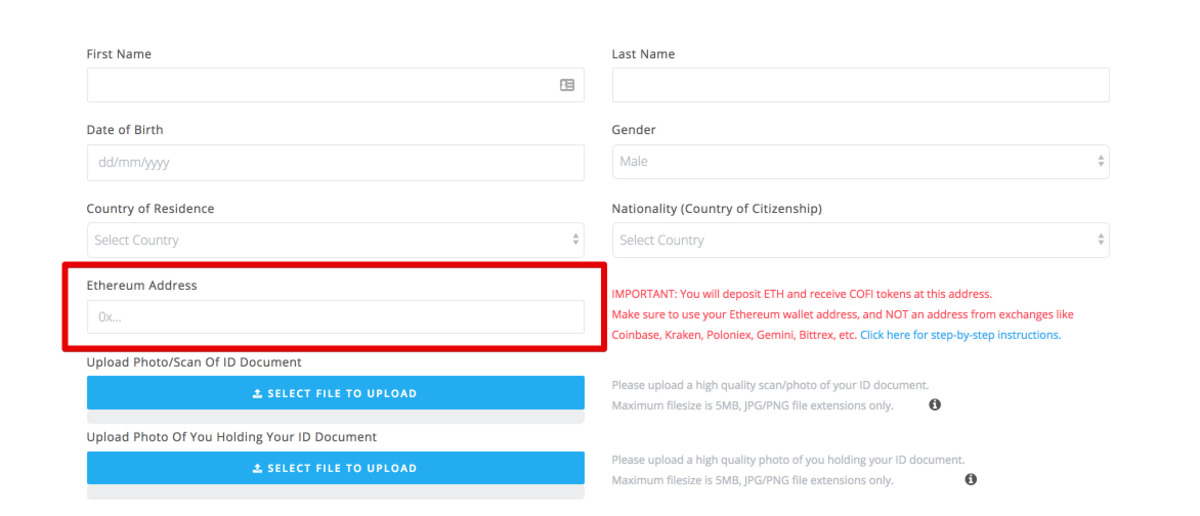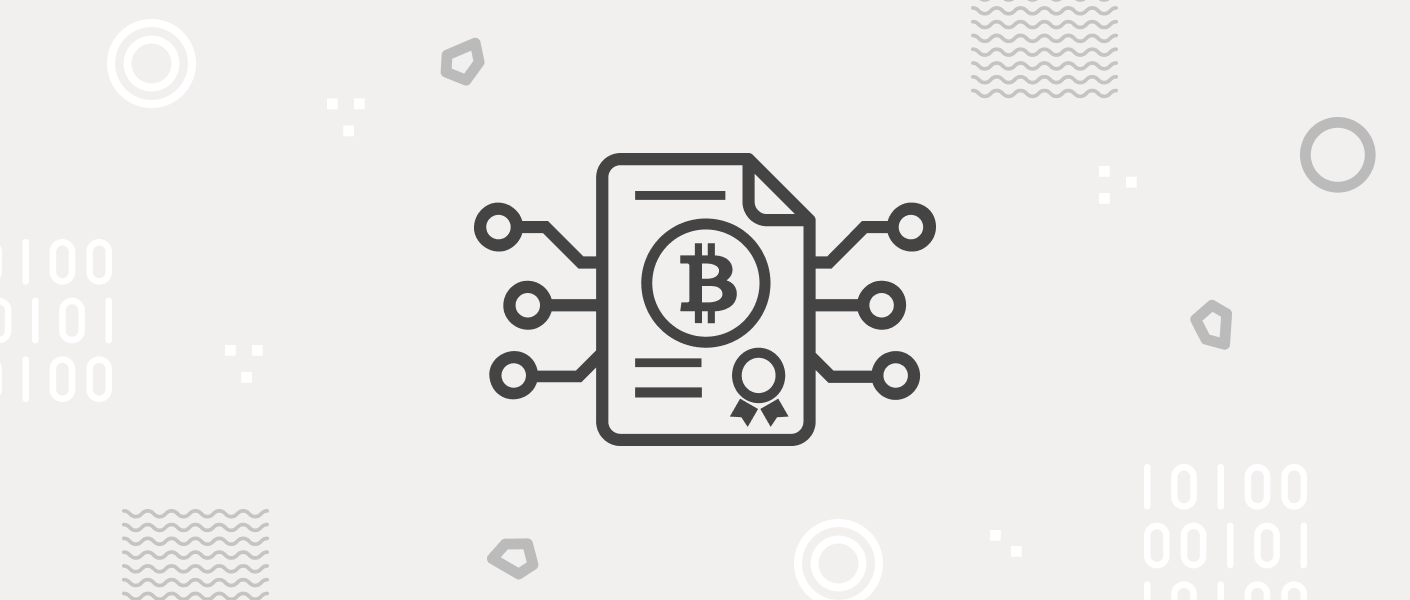Introduction
The blockchain technology has gained significant attention in recent years, thanks to its potential to revolutionize various industries. Although it may sound like a complex concept, understanding blockchain is essential in today’s digital landscape. In this article, we will break down what blockchain is all about in simple words, exploring its functions, benefits, and applications.
In essence, a blockchain can be thought of as a digital ledger that keeps a record of all transactions or data exchanges that occur within a decentralized network. Unlike traditional centralized systems, blockchain operates on a distributed ledger technology, where multiple computers, or nodes, maintain and validate the transactions. This decentralized nature ensures transparency, security, and immutability of the recorded data.
The core idea behind blockchain is to create a tamper-proof and trusted system that eliminates the need for intermediaries or central authorities. By doing so, blockchain provides a more efficient and secure way of conducting transactions, reducing costs, eliminating fraud, and increasing trust among participants.
Blockchain technology gained prominence as the underlying technology behind Bitcoin, the world’s first digital cryptocurrency. However, its potential extends far beyond digital currencies. Blockchain can be applied to various industries, including finance, supply chain management, healthcare, real estate, and more. Its ability to create a transparent and decentralized system has the potential to disrupt traditional business models and improve efficiency and security across different sectors.
In the following sections, we will dive deeper into how a blockchain works, its benefits and limitations, as well as examples of its applications in different industries. By the end of this article, you will have a clearer understanding of the potential that blockchain technology holds, and how it may shape the future of various sectors. So, let’s explore the fascinating world of blockchain and unravel its mysteries together.
What is a Blockchain?
At its core, a blockchain is a distributed ledger that records transactions or data exchanges in a secure and transparent manner. It is made up of a chain of blocks, where each block contains a set of transactions or data. These blocks are linked together using cryptographic algorithms, forming an immutable chain of information that is accessible to all participants in the network.
One of the key features of a blockchain is its decentralization. Unlike traditional centralized systems where a central authority controls and verifies transactions, a blockchain operates on a peer-to-peer network. This means that multiple computers, known as nodes, work together to validate and store transactions on the network. Every participant in the network has a copy of the entire blockchain, ensuring transparency and eliminating the need for intermediaries.
The security aspect of blockchain is achieved through cryptographic techniques. Each transaction or data entry is digitally signed and verified, ensuring its integrity and authenticity. Once a block is added to the blockchain, it becomes nearly impossible to modify or tamper with, as any changes would require the consensus of the majority of the network’s participants.
Furthermore, blockchain is designed to be transparent. All transactions recorded on the blockchain are visible to all participants, enhancing trust and accountability. This makes it an ideal solution for industries that require transparency, such as supply chain management and finance.
In summary, a blockchain is a decentralized, transparent, and secure ledger that records transactions or data exchanges. It ensures trust, eliminates intermediaries, and enhances transparency and security. With its potential to disrupt various industries, blockchain is poised to reshape the way we conduct transactions and exchange information in the digital age.
How Does a Blockchain Work?
To understand how a blockchain works, let’s break down the key components and mechanisms involved. At its core, a blockchain comprises three main elements: blocks, nodes, and consensus protocols.
Blocks: A block is a container that holds a set of transactions or data. Each block contains a unique identifier and a reference to the previous block, creating a chain of blocks. This linking of blocks ensures the immutability and integrity of the entire blockchain. When a new block is added, it is appended to the existing chain, forming a continuous record of transactions.
Nodes: Nodes are individual computers within the blockchain network that participate in maintaining the ledger. Each node has a copy of the entire blockchain, and they work together to validate and verify transactions. Nodes communicate with each other to reach consensus on the validity of transactions and ensure that all copies of the blockchain remain synchronized.
Consensus Protocols: Consensus protocols enable nodes to agree on the state of the blockchain and verify the legitimacy of transactions. There are various consensus algorithms used in different blockchain networks, such as Proof of Work (PoW), Proof of Stake (PoS), and Delegated Proof of Stake (DPoS). These algorithms involve complex calculations and voting mechanisms to ensure that the majority of nodes agree on the validity of transactions before they are added to the blockchain.
When a new transaction occurs, it is broadcasted to the network and picked up by the nodes. The nodes then validate the transaction using the consensus protocol, ensuring that the transaction follows the predefined rules of the blockchain. Once the transaction is validated, it is bundled into a block along with other transactions waiting to be added to the chain.
To add a new block to the blockchain, nodes must compete to solve a complex mathematical puzzle. This process, known as mining (in the case of Proof of Work), requires significant computational power and energy consumption. The first node to solve the puzzle adds the new block to the chain and broadcasts it to the network. Other nodes then verify the newly added block and update their copy of the blockchain accordingly.
The decentralized and distributed nature of blockchain ensures that no single entity has control over the entire network, making it resistant to tampering and censorship. Additionally, the transparency of blockchain allows participants to trace and audit transactions, enhancing trust and accountability.
In summary, a blockchain works by organizing transactions into blocks, linking them together, and maintaining the ledger through a network of decentralized nodes. Consensus protocols govern the validation and addition of new blocks to the chain, ensuring the integrity and security of the blockchain. This collaborative and transparent approach revolutionizes trust and empowers participants in various industries.
Benefits of Blockchain Technology
Blockchain technology offers a wide range of benefits that have the potential to transform industries and revolutionize business processes. Let’s explore some of the key advantages of using blockchain technology:
1. Enhanced Security: Blockchain provides robust security measures through cryptographic techniques. Transactions recorded on the blockchain are immutable and tamper-proof, making it extremely difficult for malicious actors to alter or manipulate the data. This heightened security makes blockchain an ideal solution for industries dealing with sensitive information, such as financial institutions and healthcare providers.
2. Increased Transparency: One of the core principles of blockchain is transparency. All transactions recorded on the blockchain are visible to all participants in the network. This transparency promotes trust and accountability, as every participant can verify and audit the transactions. For industries where transparency is crucial, such as supply chain management, blockchain provides a comprehensive and accessible view of the entire process.
3. Elimination of Intermediaries: Blockchain eliminates the need for intermediaries in transactions. Traditionally, middlemen such as banks, brokers, and payment processors play a crucial role in facilitating transactions. Blockchain technology enables peer-to-peer transactions, reducing or even eliminating the need for intermediaries. This not only enhances efficiency but also reduces costs associated with intermediaries.
4. Improved Efficiency: The decentralized nature of blockchain allows for faster and more efficient transactions. By removing the reliance on centralized intermediaries and enabling direct peer-to-peer interactions, blockchain eliminates time-consuming processes and reduces friction in transactional activities. This increased efficiency can benefit industries such as cross-border payments, where traditional methods can be slow and expensive.
5. Enhanced Traceability: Blockchain provides an immutable record of transactions, making it easier to trace and verify the origin and authenticity of goods or assets. This feature is particularly valuable in supply chain management, where companies can track the movement of goods from the manufacturer to the end consumer. This level of traceability ensures product quality, reduces fraud, and improves overall supply chain efficiency.
6. Decentralization and Robustness: Blockchain operates on a network of distributed nodes, making it highly resistant to single points of failure or cyberattacks. Unlike centralized systems, where a single breach can compromise the entire network, blockchain’s decentralized nature ensures that the network remains robust and continues to function even if some nodes are compromised. This level of resilience makes blockchain an attractive solution for critical applications such as data storage and financial transactions.
In summary, blockchain technology offers enhanced security, increased transparency, elimination of intermediaries, improved efficiency, enhanced traceability, and decentralization. These benefits have the potential to transform various industries, providing new opportunities for innovation and disruption. As the adoption of blockchain technology continues to grow, we can expect to see further improvements and advancements in the way we conduct business and exchange value.
Different Types of Blockchains
While the fundamental concept of blockchain remains consistent across different implementations, there are several types of blockchains that cater to specific needs and use cases. Let’s explore some of the major types of blockchains:
1. Public Blockchains: Public blockchains, such as Bitcoin and Ethereum, are open to anyone and allow any participant to join the network, validate transactions, and add blocks to the chain. These blockchains are decentralized and transparent, ensuring the highest level of security and immutability. Public blockchains are often used for cryptocurrencies, decentralized applications (dApps), and other open-source projects.
2. Private Blockchains: Private blockchains, also known as permissioned blockchains, are restricted to a specific group of participants who have been granted permission to join the network. These blockchains are often used by enterprises or consortiums where privacy and control over the network are essential. Private blockchains offer faster transaction times and increased scalability but sacrifice some of the decentralization and transparency of public blockchains.
3. Consortium Blockchains: Consortium blockchains are a hybrid model between public and private blockchains. They are governed by a consortium, which consists of multiple organizations that collaborate to maintain and validate the blockchain. Consortium blockchains provide a balance between the decentralization of public blockchains and the control of private blockchains. They are commonly used in industries where multiple stakeholders require access to the blockchain network, such as supply chain management and finance.
4. Hybrid Blockchains: Hybrid blockchains combine elements of both public and private blockchains. These blockchains allow certain aspects of the network to be public, while other areas are restricted to authorized participants. Hybrid blockchains offer flexibility and customization, allowing organizations to choose the level of transparency and control they require for their specific use case.
5. Federated Blockchains: Federated blockchains, also known as consortium blockchains, are governed by a group of pre-selected nodes or organizations. These nodes form a federation and are responsible for maintaining and validating the blockchain. Federated blockchains provide a higher degree of control and scalability compared to public blockchains while still maintaining a level of decentralization.
6. Sidechains: Sidechains are separate blockchains that run parallel to the main blockchain. They allow for the execution of specific smart contracts or transactions that are not feasible or suitable to be handled on the main chain. Sidechains provide scalability and customization options while still benefiting from the security and immutability of the main blockchain.
In summary, there are various types of blockchains, including public blockchains, private blockchains, consortium blockchains, hybrid blockchains, federated blockchains, and sidechains. Each type offers unique features and caters to specific use cases, providing organizations and developers with flexibility and options to leverage blockchain technology in the most suitable way for their needs.
Applications of Blockchain Technology
Blockchain technology is not limited to just cryptocurrencies; its potential reaches far beyond the world of finance. Let’s explore some of the diverse applications where blockchain is making a significant impact:
1. Supply Chain Management: Blockchain technology offers enhanced transparency and traceability, making it valuable in supply chain management. It can help track the movement of goods, verify authenticity, and ensure ethical sourcing. By recording every transaction on the blockchain, stakeholders can have increased visibility into the supply chain, mitigating fraud and improving efficiency.
2. Healthcare: Blockchain can revolutionize the healthcare industry by securely storing and managing patient records. Blockchain-based electronic health records (EHRs) enable secure sharing of patient data between healthcare providers, reducing medical errors, enhancing patient privacy, and improving the overall quality of care. Additionally, blockchain can be used to track and authenticate pharmaceutical supply chains, ensuring the legitimacy of drugs.
3. Financial Services: Blockchain technology has disrupted the traditional financial landscape, offering faster and more secure transactions. It enables seamless peer-to-peer payments, remittances, and cross-border transactions, reducing costs and eliminating the need for intermediaries. Blockchain can also facilitate smart contracts, automated agreements that can be executed and enforced without the need for intermediaries.
4. Voting Systems: Blockchain can bring transparency, security, and trust to voting systems. By recording votes on an immutable ledger, it becomes nearly impossible to tamper with or alter the results. Blockchain can eliminate voter fraud, enhance transparency, and increase public trust in electoral processes.
5. Intellectual Property Protection: Blockchain technology can be used to protect intellectual property rights. By timestamping and registering creations on the blockchain, creators can prove ownership and establish a permanent record of their work. This can help prevent infringement and ensure proper attribution of intellectual property.
6. Decentralized Applications (dApps): Blockchain enables the development of decentralized applications that provide increased security, privacy, and user control. These applications can range from decentralized finance (DeFi) platforms to decentralized social networks, offering users a more transparent and user-centric experience.
7. Energy Trading and Grid Management: Blockchain can facilitate peer-to-peer energy trading, allowing individuals and organizations to buy and sell renewable energy directly. This decentralized approach can help create a more efficient and sustainable energy system. Additionally, blockchain can improve grid management by securely recording energy transactions and verifying energy sources.
These are just a few examples of the vast range of applications for blockchain technology. As the technology continues to evolve and mature, we can expect to see further innovations and disruptive use cases across multiple industries.
Challenges and Limitations of Blockchain
While blockchain technology offers numerous advantages, it also faces several challenges and limitations that need to be considered. Understanding these challenges is essential for the widespread adoption and successful implementation of blockchain solutions. Let’s explore some of the key challenges:
1. Scalability: One significant challenge for blockchain is scalability. As the number of transactions increases, the blockchain network might face performance issues and slower transaction processing times. This issue is particularly evident in public blockchains, where the consensus mechanism requires significant computational power. However, ongoing research and development efforts are focused on improving scalability by implementing solutions like sharding, off-chain transactions, and layer 2 protocols.
2. Energy Consumption: Another challenge associated with blockchain technology is its high energy consumption. Mining processes in Proof-of-Work (PoW) blockchains, such as Bitcoin, require substantial computational power, resulting in significant energy consumption. This has led to concerns about the environmental impact of blockchain technology. Several alternatives, such as Proof-of-Stake (PoS), are being explored to address this issue and reduce energy consumption.
3. Regulatory and Legal Challenges: Blockchain technology operates across borders, challenging traditional regulatory frameworks. Governments around the world are still grappling with how to regulate cryptocurrencies, digital assets, and blockchain-based applications. The lack of clear regulations and legal frameworks can create uncertainties and barriers to adoption in certain industries.
4. Privacy and Data Protection: While blockchain technology ensures transparency, it also raises concerns about privacy and data protection. As transactions on a public blockchain are visible to all participants, protecting sensitive or personal information becomes challenging. Various techniques such as zero-knowledge proofs and encryption are being developed to address these privacy concerns.
5. Adoption Hurdles: Blockchain technology is still relatively new, and its adoption faces hurdles such as lack of awareness, technical complexity, and resistance to change. Organizations need to invest in educating stakeholders about the benefits and potential use cases of blockchain to drive adoption. Additionally, integrating existing systems with blockchain can be complex and time-consuming, requiring additional resources and expertise.
6. Standardization and Interoperability: Blockchain solutions built on different platforms often lack interoperability, hindering seamless communication and data exchange between different blockchain networks. Standardization efforts are underway to address this challenge, enabling cross-chain communication and collaboration.
Despite these challenges, ongoing research, development, and collaborative efforts are addressing these limitations and paving the way for wider adoption and effective implementation of blockchain technology. As the technology continues to evolve, we can expect to see innovative solutions and advancements that tackle these challenges and unlock the full potential of blockchain in various industries.
Conclusion
Blockchain technology has emerged as a transformative force that has the potential to revolutionize various industries. Its decentralized and transparent nature offers increased security, efficiency, and trust in business processes. From financial services to supply chain management and healthcare, blockchain technology is finding applications across diverse sectors.
By eliminating the need for intermediaries, blockchain reduces costs, enhances transparency, and enables peer-to-peer transactions. It provides a tamper-proof and immutable record of transactions, ensuring data integrity and security. Industries such as supply chain management can benefit from improved transparency and traceability, while healthcare can leverage blockchain to securely manage patient records.
However, there are challenges and limitations that need to be addressed for widespread adoption. Scalability, energy consumption, regulatory hurdles, privacy concerns, and interoperability are among the issues that must be overcome for blockchain to reach its full potential. Ongoing research and development efforts are focused on addressing these challenges and improving the technology.
As blockchain continues to mature and evolve, it holds the promise of transforming industries, enhancing trust, and enabling new business models. Education, collaboration, and standardization will play essential roles in advancing the adoption and implementation of blockchain technology.
In conclusion, blockchain technology has the power to revolutionize the way we transact, exchange information, and conduct business. Its potential to enhance security, transparency, and efficiency makes it a compelling solution for various industries. By embracing blockchain technology, organizations can unlock new opportunities, drive innovation, and shape the future of a digitally connected world.







